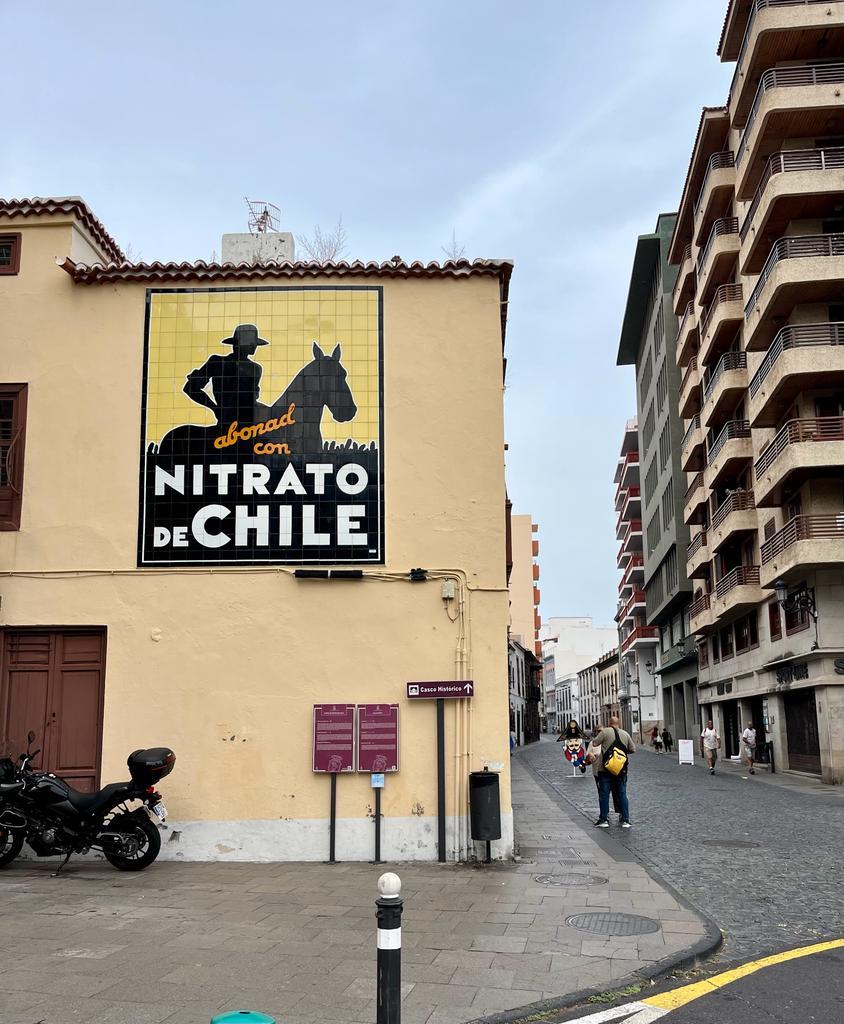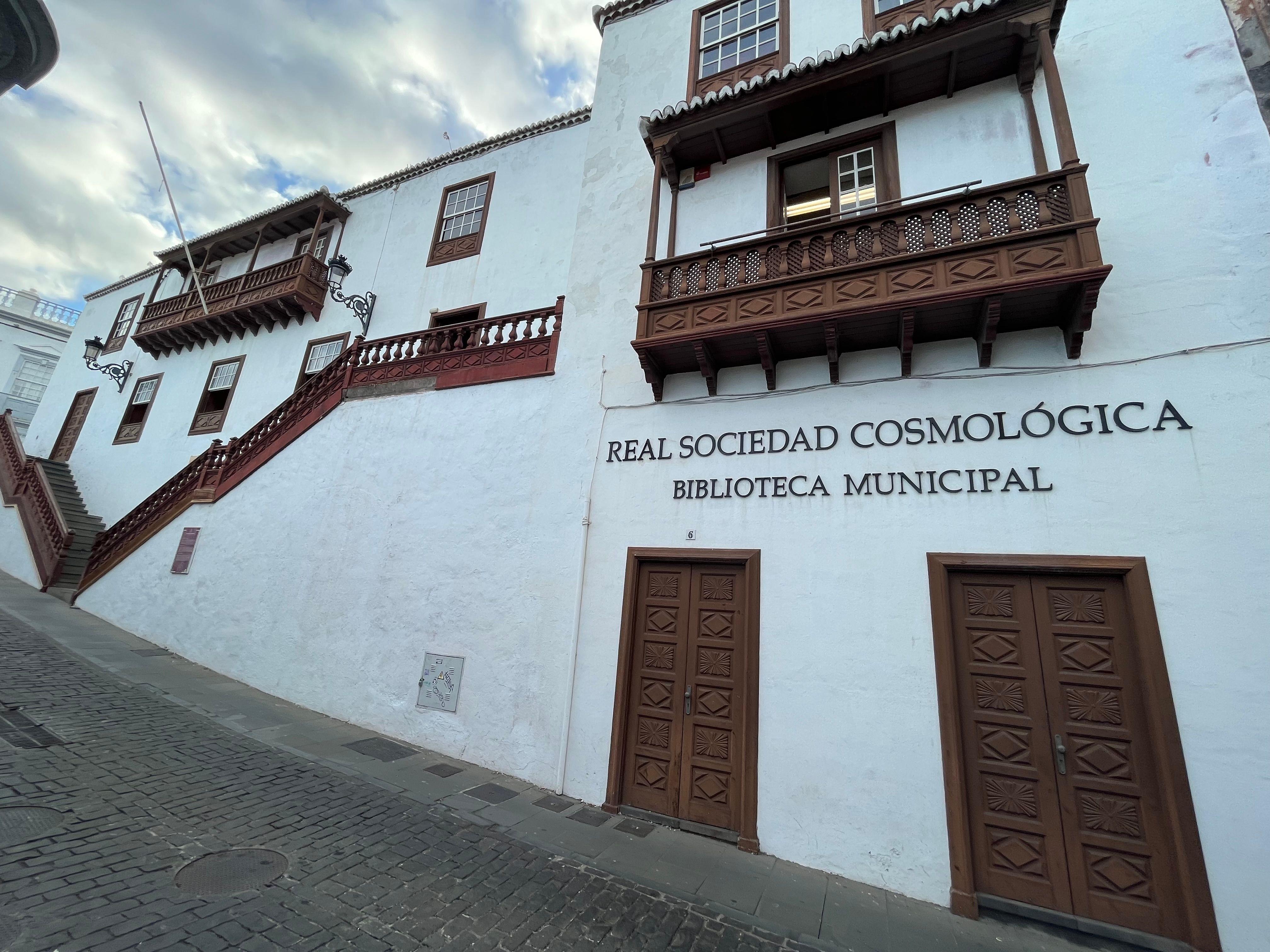Santa Cruz de La Palma, capital of La Isla Bonita, has been declared in its entirety as an Asset of Cultural Interest with the category of Historical-Artistic Complex.
It is a place worth visiting for its colonial style. Its cobblestone streets, stately houses with interior patios, charming squares and wooden balconies adorned with flowers. Its O’Daly street and Anselmo Pérez Brito street form the main street (Calle Real) through which we will pass to do our complete tour.
Things to do La Canela neighborhood, Santa Cruz de La Palma
Highlights to see in La Canela neighborhood, Santa Cruz de La Palma
Details
Duration
1 hour 30 minutes
Language
Guide in Spanish and English
Price
Adultos: 12.00 €
Niños: 8.00 €
Bebé: free
Availability and starting time
10:30 - Wednesday
When to book?
You can reserve up to before the activity
Free cancellation
Cancel anytime for a full refund.
Excluded
food
drinks
Meeting point
Conditions
Is the interior of the monuments visited?
Only the exterior of the named sites
Is the tour adapted for people with reduced mobility?
Not adapted
Guaranteed departures without min of travelers
Not
Are animals allowed?
Not
Activity recommended for children?
Yes, families are welcome
Our promises
Best price guaranteed
Quick and easy reservation
Multilingual Customer Service
Secure payment
Contact us
Do you have any question?
Would you like this tour in private?
Reservation
Cancel or modify reservation













